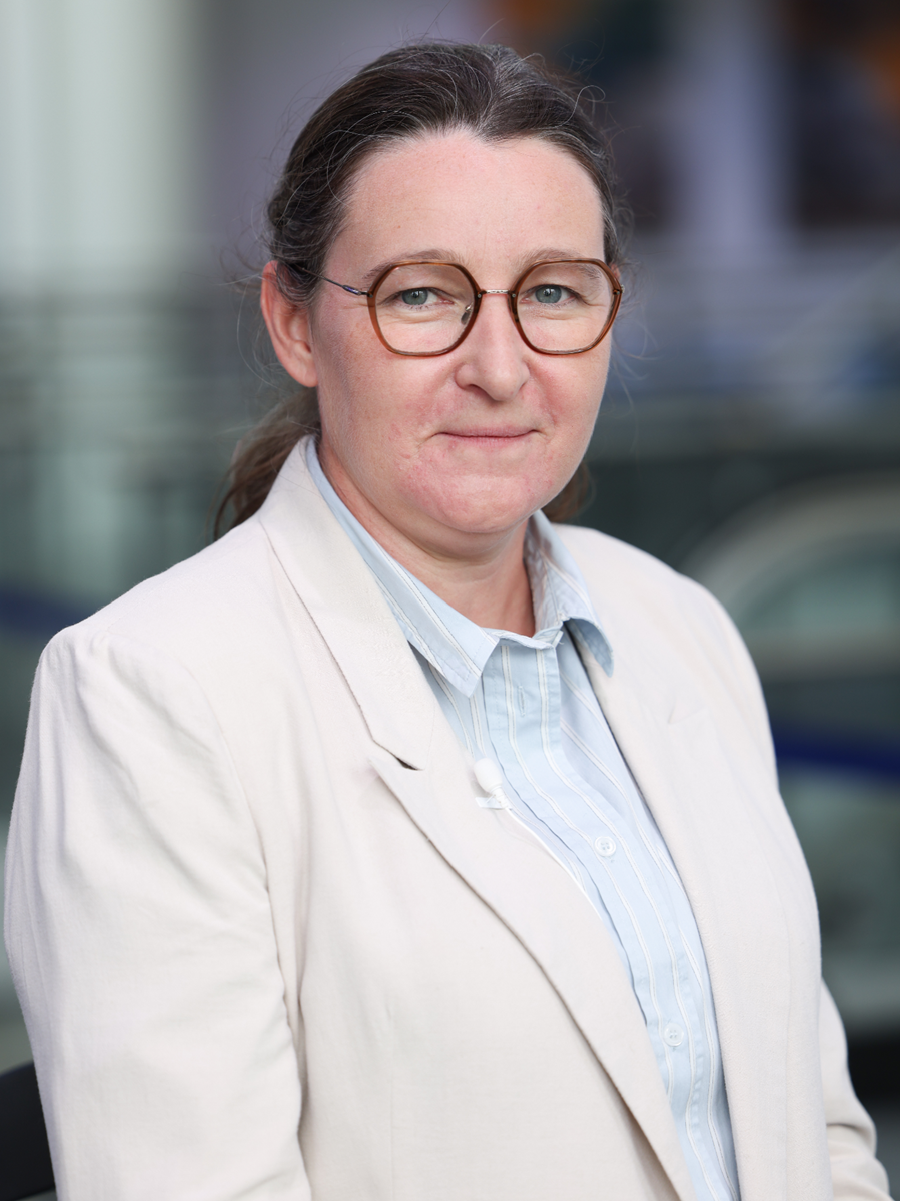STO Statement "Forging Ahead"
Ten years have now passed since the kick-off of the Graphene Flagship with European researchers joining forces in developing 2D materials-based processes, material and device models, devices and circuits exploration paving the way towards uptake of this material in various application fields. The 2D Experimental Pilot Line project offers the unique setting for research institutes and industry to jointly develop the essential building blocks for 2D material (2DM) deposition, post-processing and integration evaluation focusing on the domain of sensors, photonics and electronics.
Intrinsically challenging is the project’s ambition to create an ecosystem for 2DM integration and contribute to the enablement of the uptake of 2D materials by the semiconductor industry.
The development goals for maturing the wafer scale integration of 2D-materials and delivering reliable deposition modules has resulted in the achievement of important project milestones. The spotlight is on establishing stable deposition modules by the manufacturing and installation of specialised equipment. An MOCVD reactor, uniquely equipped to handle both 200 and 300 mm sapphire wafers, is installed by Aixtron. Layer transfer takes the next step to automation with the installation of an automated be-bonder by SUSS Micro Tec. With this novel dedicated equipment installed in the imec cleanroom facilities, the project’s next step lies in demonstrating a reliable layer deposition process from growth to transfer.
Gradually, process integration is moving in the direction of down selecting the more industry-relevant processes with the collection of relevant datasets on repeatability, uniformity and variability.
Essential in a phase one pilot line project is finding the balance between investing in process maturation and serving customers. Today’s 2D-EPL customers have both university and company backgrounds. The incentive to join the multi-project wafer (MPW) runs can be research enablement, benchmarking purposes or first prototype testing. Therefore, different stage MPW runs have been offered by AMO and VTT. Having been successful, additional MPW offerings have been added for photonics applications by IHP and sensors by Graphenea.
The international research community continues its endeavours to use, implement and explore a multitude of approaches. While it has become apparent that graphene and other 2D materials, like transition metal dichalcogenides, have different unique characteristics, they also require dedicated handling in a fabrication environment due to deviating chemical or thermal stability requirements.
Beyond the scope of this project, more development efforts will be required to further bridge the gap with state-of-the-art performance demonstrated in literature reports. Interestingly, the contribution of this project by exploring various integration routes also shed light on further challenges to tackle. Process translation to industry relevant process conditions, reducing variability, increasing stability and reliability.
Today, the 2D-EPL project has entered its fourth and final year. Relevant milestones are successfully achieved, while other important milestones in process demonstration are on the verge of being reached. Innovation outreach events and business development inquiries are further driving the information collection and guiding the understanding of the requirements for industrial uptake.
The 2D-EPL team is ready to jointly take the final steps for successful project completion.
Inge Asselberghs
2D-EPL Director
Graphene Flagship Science and Technology Officer

Inge Asselberghs, 2D-EPL Director, Graphene Flagship Science and Technology Officer
It has become apparent that graphene and other 2D materials not only have different unique characteristics, but also require dedicated handling in a fabrication environment.”




 Annual Report
Annual Report